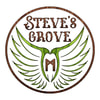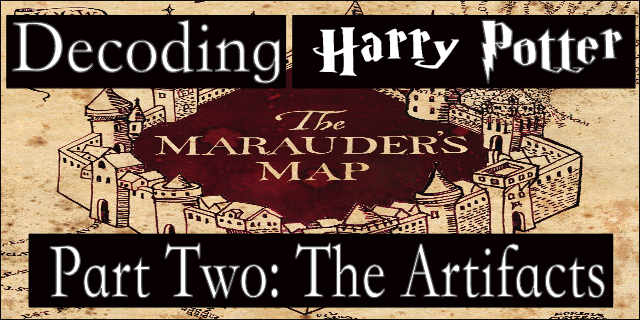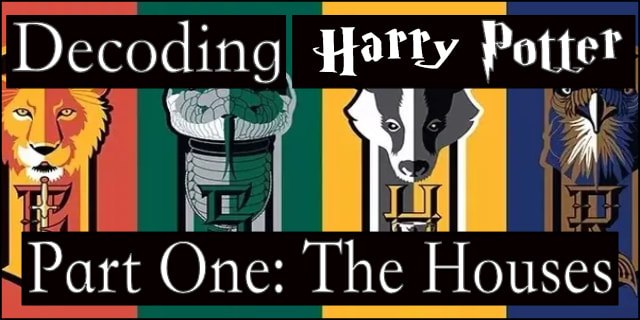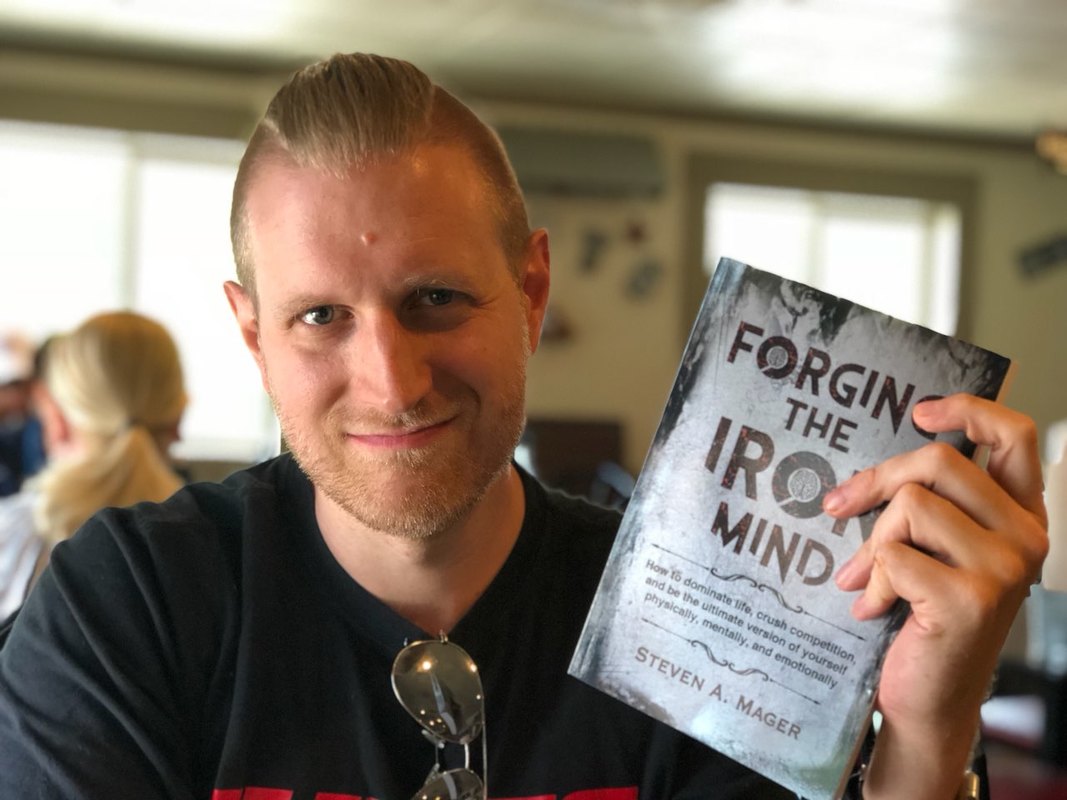|
Horcrux. Deluminator. Howler. Marauder’s Map. Deathly Hallows. Remembrall. And my favorite, the Monster Book of Monsters.
These are just a tiny sampling of the magical items and artifacts scattered throughout the wizarding world of Harry Potter. In the first article in this series, I explored how the Houses were an incredibly effective piece of the world building puzzle, and for this article I will look at why the artifacts and items worked as effectively as they did. As any fantasy reader knows, magical artifacts are commonplace in every fantasy novel. Whether it be the One Ring in Lord of the Rings, or the Wardrobe in Chronicles of Narnia, magic items have always been a backbone of the fantasy genre. One of the most used fantasy tropes is that the hero must find artifact X to prevent catastrophe A or villain Y from taking over or destroying the world. What then, separates the Harry Potter artifacts from all the others? Let’s have a look at how Rowling used these items to perhaps greater effect than any other fantasy author. Let me establish a premise at the outset: magic items generally produce an impressive, fantastical effect. What Rowling understood is that we as readers like to experience awesome things that aren’t possible in our world, so those fantastical elements needed to be ramped up to a higher level. So, if we accept the premise that magic items are cool, and readers like to experience them, what is an aspiring fantasy writer to do with that information? Rowling’s answer to that question: Shower the reader with them and make each memorable and unique. What Rowling teaches us is a master lesson in pacing and leading the reader. When we, as a reader, experience something we think is marvelous or interesting, we want more. She knew this, and from the beginning all the way to the end, led us by the nose from one wonderful item to the next. Notice that there is ALWAYS an insignificant amount of time that elapses between the discovery of magical items. In the very first chapters of the series, lets look at how she paced us from one nifty item to the next: 1. Flying Motorcycle 2. Deluminator 3. Flying letters from Hogwarts 4. Diagon Alley Shopping (numerous) 5. Magic train station (9 and 3/4) 6. Sorting Hat 7. Potions 8. Etc. Note I did not include magical occurrences such as shape shifting, disappearing glass, etc. If you ever wondered why the Harry Potter series had such a “one more chapter” feel to it, one of the multitude of reasons was that Rowling had interesting magical things happening constantly. There was, even in later books, virtually no down time from showing off some new form of magic or artifact. Even something as simple as a Remembrall showing up, effectively leads us from one interesting item to another. By doing so, she establishes such a trend of showing us interesting things, that we assume another is bound to show up within the next few pages. As a reader, I have the attention span of a toddler in a room full of toys. I tend to read in short bursts, and I usually effortlessly find a stopping point to pick up later. I never read through books in a short number of sittings, even books I love such as Mistborn usually take me quite some time. Potter, however, was different. I plowed through those books as though a million dollar prize waited at the last page, and a big reason was that there was so little downtime between interesting things happening, making it difficult to find a stopping point. Even if the characters were doing something mundane, there was always some neat item or magical effect to handle the “cool factor” load. Thus, she established a pattern of always wanting to see the next interesting item or effect, and forcing the reader to assume there would be another coming up, which there invariably was. From a technique standpoint, the staggering of magic effects was already brilliant. She further upped the ante by not only having magical items but also giving them actual names that fit like a glove. As I outlined in the previous article, naming can be a highly effective technique of persuasion to immerse a reader. I’m not sure Rowling ever studied persuasion technique, but her items are filled with master level persuasion and naming conventions. She did not just insert a magical map; she created the Marauder’s Map, a brilliant name design because of the use of a unique word: marauding. Everyone knows the word, but it isn’t one you hear every day, thus when you hear it, it sticks in your mind better than say, words like move or mobile. Marauding vs. Moving or Mobile is a world of difference in both cool factor and connotation. Someone using the Marauder’s Map is likely sneaking around, so the name implies what the map is used for. Then there is possibly the alpha and omega of brilliant naming: Quidditch. With Quidditch we see another effecting naming technique: inventive uniqueness. It’s one thing to use a relatively unique word like marauding, but to invent multiple new words is another matter entirely. Quidditch, Quaffle, Bludger, and Snitch. All four highly unique words that bear the sort “sticky” quality that almost forces them to stand out in your head. I once read in an article she had five pages of names that began with Q before settling on Quidditch. First, names that begin with Q are automatically relatively unique, but then she leveled up even further by settling on a name easy to pronounce, yet not something you’d ever read before. In terms of world building, it does not get much nigher level than this, and the amount of effort and attention that went into even ancillary items shows it was not an accident that Potter became so iconic. There is yet another element: the creation of insignificant, yet awesome items. Example A: the Howler. This is an item that is, for all intents and purposes, is irrelevant. It bears virtually no significance to the plot, except to establish how the Weasley family operates. And yet, the Howler is one of the more memorable items. The ability to take a mundane thing such as a letter from parents, and turn it into a compelling world building object that also serves to develop characters, is a master stroke in creating audience investment and interest. What is your favorite magical item in the series? Let me know on Twitter! Steve Mager If you enjoyed this article, please share it and follow me on social media: Facebook: www.facebook.com/StevenAMager Twitter: https://twitter.com/StevenAMager Instagram: https://www.instagram.com/steve_mager/ Get my book, Forging the Iron Mind: [https://amzn.to/2uxRvCs]
0 Comments
Harry Potter, without a doubt, has become a cultural icon over the years. Generating billions in revenue, an entire theme park, and enchanting millions of fans are just the beginning of the impact of the Potter series. I have been fascinated for some time about the techniques Rowling used, that allowed Potter to become such a fantasy juggernaut. Now that I write fantasy myself, I spent a great deal of time analyzing what techniques work, and why they do so effectively. How did Potter succeed where others failed? After examining several fantasy series, I’ve detected a few reasons Harry Potter succeeded, so I thought I’d write a series of blog posts breaking down the most effective parts of the series. I’ve been in sales and studied persuasion technique and effective wordplay for years, so it fascinates me to watch when it works and when it doesn’t.
I’ve made the argument for some time that Harry Potter bears arguably the most effective world-building in the history of fantasy. Note that I did not say the most in-depth or most comprehensive, I said effective. So today, I’ll talk about just one small piece of the world building puzzle: The House system. I believe the Hogwarts house system to be one of the most compelling pieces of world-building in fantasy history, and I will attempt to break down why it worked. Generally, people know the four Houses, Gryffindor, Slytherin, Hufflepuff, and Ravenclaw. If you spend five minutes on social media, you will see people placing the house they identify with in their profile, and having elaborate discussions as to why they identify with that particular house. One of the most effective modern literary techniques is to create a character, item, or situation that allows the reader to see themselves and project onto. Harry Potter has a series of well-developed characters, so Rowling used that very same technique but did so with an elaborate House system. Let’s examine why the House system was so effective as a literary tool. First, let’s lay out the characteristics of each house. Here are the general breakdowns as most people see them. Gryffindor: Courage, Honor, Bravery, Daring Ravenclaw: Intelligence, Savvy, Creativity Hufflepuff: Humble, Benevolence, Friendship Slytherin: Ambition, Cunning, Resourceful Those are generic breakdowns as seen on the surface, but let’s delve a little deeper into the genius-level wordplay Rowling used for the House names. If you notice, the very names evoke the qualities present in the House. Gryffindor evokes the image of a regal Griffon, a fantasy creature that only shows up in the book as a statue. When one thinks of a Griffon, they think of the lion and eagle hybrid. Keep in mind that lions and eagles are already two of the most majestic creatures on Earth, so just evoking those two animals is already a powerful image. Just look at the house sigil, a roaring Griffon atop searing scarlet and gold, two colors that no one has trouble associating with courage and bravery. The name and the image, along with the animals represented in our mind’s eye, conjures up the very qualities the name itself generates. Ravenclaw automatically generates two images: a stately raven (thanks Poe) and a sharp claw. Ravens have long been associated with omens and intelligence. Note that ravens can make complex decisions, as they have one of the largest “bird brains.” In other words, Rowling intentionally chose one of the smartest birds to be immediately identified with the House most associated with intelligence. Then we have the word claw, which immediately conjures the image of a razor-sharp talon, so in combining the two, we get sharp intelligence, the very characteristics of the house itself. Hufflepuff, right out of the gate, makes us think of Huff and Puff, which is what dragons and pig-eating wolves do. Not just any dragon though, that specific combination of words conjures the fairy tales of yore. You don’t think of a raging spine covered dragon or wolf, you think of a sort of plump, cutesy, friendly version, which falls right in line with the characteristics present in the house. The house sigil, however, is a badger, a docile creature that fights fiercely when cornered. Slytherin immediately makes one think of slithering, a characteristic present in snakes, as well as back-alley criminals. Slither is a particularly effective word to build on because it isn’t a word you hear every day, and carries precise connotations. One of the prime lessons of persuasion and wordplay is to pick words that stick in people’s heads as unique, and slither does just that, conjuring up images of slimy snakes, and skulking around. So now that we’ve broken these down, I hope it’s clear that none of her choices were random or haphazard. She chose these words to build the Houses around because of what they evoke when we read or hear them. Yet, she went even further. Let's look at the founders of the houses: Godric Gryffindor Rowena Ravenclaw Helga Hufflepuff Salazar Slytherin Notice anything in the construction? It is the same technique Marvel has used for decades: Peter Parker Wade Wilson Otto Octavius Bruce Banner Reed Richards Stephen Strange Bucky Barnes And that doesn’t even begin to cover them all. This is a technique called alliterative naming, where the initials of a first and last name are the same letter. Why use this? It creates a pattern that makes it easier for our brains to retain the information. As I stated earlier, none of her execution in the world building of Harry Potter was an accident. She specifically engineered these words to not only allow us to project images and thoughts onto but easily remember. As a writer, it helps to learn the techniques used by the most successful, and as we can see here, her success is not an accident of luck. Every fantasy book has various guilds or orders, yet they are usually called a thieves’ guild, or a warriors’ guild, which does nothing for the reader concerning projection, nor do they sound cool or unique. Rowling trumped every other fantasy book by not only incorporating a traditional fantasy trope but elevating it to a far higher level just by changing the wordplay. Now, as a result, millions of people know to what house they’d belong. If you are a writer, this is the standard you need to apply to yourself. Is your world building causing the reader to see themselves? If not, you may want to go back to the drawing board, as the standard is now incredibly high. In this series, I’ll be exploring other elements of the Potter series and how they managed to combine to build the most iconic modern fantasy series. Let me know what you thought, and if you have ideas for things you’d like me to explore in this series. Thanks for reading! Steve Mager If you enjoyed this article, please share it and follow me on social media: Facebook: www.facebook.com/StevenAMager Twitter: https://twitter.com/StevenAMager Instagram: https://www.instagram.com/steve_mager/ Get my book, Forging the Iron Mind: [https://amzn.to/2uxRvCs] |
AuthorSteve's blog where he talks about anything and everything: writing, fitness, mindset, movies, TV, and his favorite stuff. Archives
November 2019
Categories
All
|
Copyright © 2015





 RSS Feed
RSS Feed